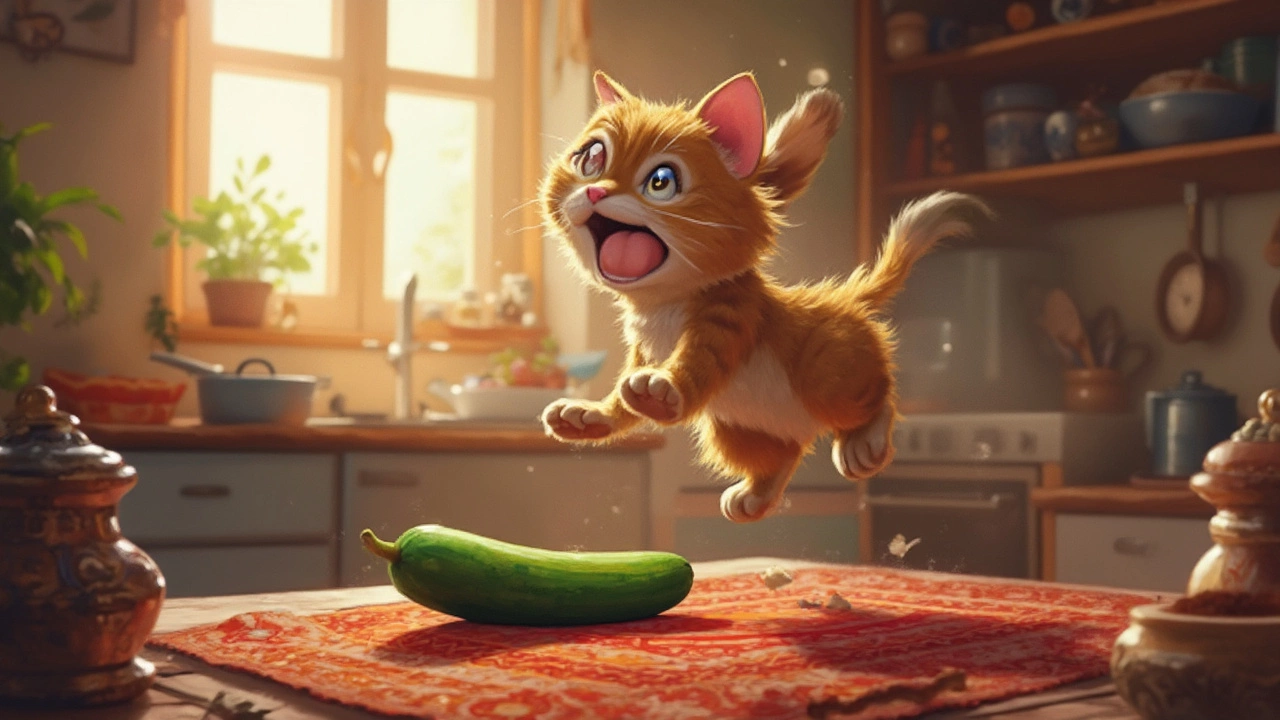Cat Food Guide: How to Choose, Mix, and Feed Your Feline Right
If you’ve ever stared at a bag of kibble and wondered if you’re doing it wrong, you’re not alone. Many cat owners get tangled up in dry‑vs‑wet debates, brand hype, and confusing feeding schedules. This guide cuts through the noise and gives you straight‑forward advice you can use today.
Dry vs. Wet: What’s Best for Your Cat?
Dry food (kibble) is cheap, lasts forever, and keeps teeth a little cleaner, but it often lacks the moisture cats need. Wet food supplies that extra water, which helps prevent urinary problems, and usually tastes better. A recent post on our site asked, “Can Cats Live on Dry Food Alone?” The short answer is yes, but only if the kibble is high‑quality and you supplement with water or wet meals.
Mixing both types gives the best of both worlds. Give a small portion of wet food at breakfast and a measured scoop of dry food for the rest of the day. That way your cat gets the hydration boost without breaking the bank.
Brands matter, too. Many wonder if Purina and Fancy Feast belong to the same company. They do—both sit under Nestlé Purina—so you’re not choosing wildly different manufacturers when you pick one over the other. Focus instead on ingredient lists: look for real meat first, avoid excessive fillers like corn or wheat, and steer clear of artificial colors.
Mix‑ins and Feeding Schedules Made Simple
Adding a little something to dry food can make meals more exciting and boost nutrition. Our “Cat Food Additions” article suggests safe options like a spoonful of pumpkin puree for digestion, a pinch of cooked chicken for extra protein, or a splash of low‑sodium broth for flavor. Never add onions, garlic, or dairy—those can be toxic.
How often should you feed? Cats are natural grazers, but most indoor cats thrive on two meals a day. Kittens need three to four meals, seniors may prefer smaller, more frequent portions. A quick tip from our “How Often Should You Feed Your Cat?” post: set regular times, use a measured scoop, and stick to it. Consistency helps prevent begging and weight gain.
Portion sizes depend on weight, activity, and whether you’re feeding dry, wet, or a mix. For a 10‑lb cat, the “How Much Wet Food Does a 10 lb Cat Really Need?” guide recommends roughly 3‑4 ounces of wet food daily, split into two meals, plus about ¼ cup of dry kibble if you’re feeding both. Adjust up or down based on your cat’s body condition.
Remember to keep fresh water available at all times, especially if dry food makes up most of the diet. Some cats love a water fountain—moving water entices them to drink more.
With these basics—choosing quality dry and wet foods, safely mixing in tasty extras, and setting a consistent feeding schedule—you’re set to keep your cat healthy, happy, and less likely to turn you into a midnight snack supplier.

Can I Mix Wet Food with Dry Food for My Cat? Your Real-Life Guide
Mixing wet and dry food for your cat isn’t just allowed—it can have real benefits if you do it right. This article explains why some cats do better with a combo meal, what to watch out for with portion sizes and freshness, and how to make the switch without upsetting sensitive feline stomachs. Find out what vets say and how real cat owners handle picky eaters or hydration issues. Get the facts, tips, and hacks to keep your cat healthy and happy.
read more
Do Cats Live Longer on Wet Food? Real Answers and Practical Tips
Wondering if wet food helps cats live longer? This article breaks down what science and real cat owners have noticed about feeding wet food, especially as cats age. Learn how wet food affects health, hydration, and picky eaters. Get tips for switching foods and handling common cat food dilemmas. Stay tuned for honest, practical advice that makes a real difference for your cat.
read more
Why Do Vets Recommend Dry Food for Cats?
Choosing the right food for your cat can be daunting, especially with numerous options on the market. Many vets suggest dry food due to its convenience, cost-effectiveness, and benefits for dental health. This article explores why dry food remains a popular choice among veterinarians, debunking myths and offering practical tips for your feline friend's diet. Learn the key reasons behind vet recommendations and how to make informed choices for your pet's health.
read more
Best Cat Food for Cats That Throw Up: A Practical Guide
Finding the right cat food for felines that frequently throw up can be a game-changer. Often, the solution lies in understanding their unique dietary needs. Whether it's addressing food sensitivity or opting for specialized recipes, there are ways to help your cat enjoy meals without discomfort. The right knowledge can help reduce those unpleasant clean-up sessions.
read more
Why Are Cats Afraid of Cucumbers? Unraveling the Mystery
Have you ever seen a video of a cat springing into the air at the mere sight of a cucumber? While it might bring laughter, this curious reaction has people wondering why cats are afraid of cucumbers. This article will explore the heart of this peculiar behavior, looking into cat instincts, environmental sensitivities, and the role of cat food in maintaining their well-being. Learn about the psychology behind these feline reactions and how to safely engage with your pet.
read more
